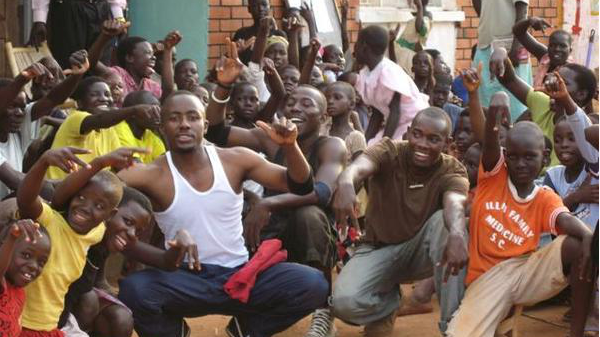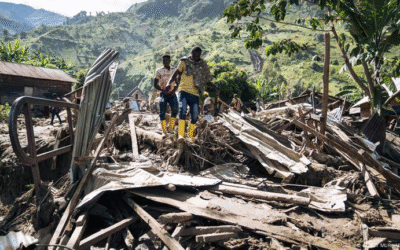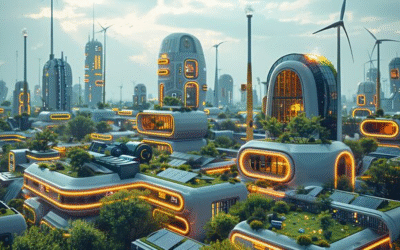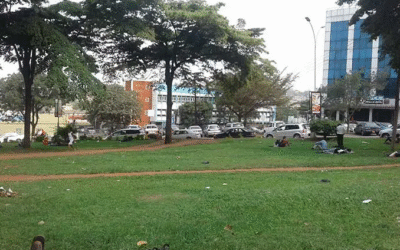Cities are living organisms that are always growing and changing.
But if you look closely, you will realize that the heartbeat of every city is its youth.
They are the dreamers painting murals on forgotten walls, the coders designing new ways to connect, the activists reimagining justice and the builders of futures not yet drawn.
The question is no longer whether young people belong in urban conversations but whether cities can survive without them.
Cities as Classrooms
For the youth, the city is more than infrastructure but a living classroom.
Every park and digital screen teaches lessons about power, opportunity and belonging.
In too many cities, however, the young are treated as problems to manage rather than partners to empower.
Public space is policed; creativity is restricted; decision-making happens behind closed doors.
A youth-inclusive city understands that learning doesn’t end in school but unfolds in the street, in community halls, in co-working spaces and in public debates.
Youth and the Politics of Space
When young people are denied space — physical, social, or political — they create it.
Abandoned lots become art studios; sidewalks turn into stages; social media becomes a parliament of the unheard.
Cities that fear youth expression end up silencing their own future.
Those that nurture it gain a generation invested in civic life.
Housing and the Generational Gap
For young adults, affordable housing is increasingly a dream deferred.
They live between contradictions: cities that need their labor but price them out of its spaces.
From shared co-living hubs to adaptive reuse of old buildings, a new housing model is emerging — one built on flexibility, affordability and community.
If we design housing that works for the young, we design housing that works for everyone.
Youth and Climate Action
No demographic has done more to reshape the global climate agenda than youth.
From Fridays for Future strikes to urban tree-planting movements, young people have made it clear: the fight for survival begins in the streets they walk every day.
Urban planning must catch up with their urgency.
Cities that empower youth to lead on sustainability — through urban farming, renewable energy projects and green entrepreneurship — don’t just go green; they grow wise.
Technology and the Digital Commons
Today’s youth are digital natives — fluent in the language of connectivity.
They build communities through Wi-Fi, organize movements through hashtags, and design innovations from laptops in cafés.
But access is still uneven.
The digital divide remains one of the most significant barriers to equity.
Urban policymakers must see connectivity as a public utility — like water, light, or transit.
Because in tomorrow’s cities, no internet means no opportunity.
Public Space and Expression
Youth shape culture through movement — skateboards, dance battles, fashion, poetry, music.
Yet these are often dismissed as “nuisance activities.”
Public space should be a stage, not a crime scene.
Cities thrive when they give the next generation a place to perform, protest, and belong.
Art, after all, is not vandalism — it’s a public conversation written in color and rhythm.
Civic Voice and Leadership
Youth aren’t waiting for permission to lead — they’re already doing it.
From neighborhood councils to global advocacy platforms, young people are shaping how cities think about justice, inclusion, and the environment.
What they need are structures of trust — mentorship, access to data, open civic budgets, and participatory design sessions where their ideas can move from imagination to implementation.
The Intergenerational City
The city of the future must be designed with youth, not just for them.
That means more than youth centers — it means embedding young minds into transport boards, housing policies, and environmental strategies.
Intergenerational cities recognize that wisdom flows both ways — elders bring memory, youth bring momentum.
Together, they build continuity instead of competition.
Reflection
A city that ignores its youth is a city without a future.
But a city that invests in their potential builds a legacy that outlives its skyline.
The youth don’t just inherit the city — they invent it, daily.
Their laughter in the park, their voices in protests, their code, their art, their courage — these are the blueprints of tomorrow.
And maybe that’s what the urban future really looks like: not glass and steel, but possibility made visible.




